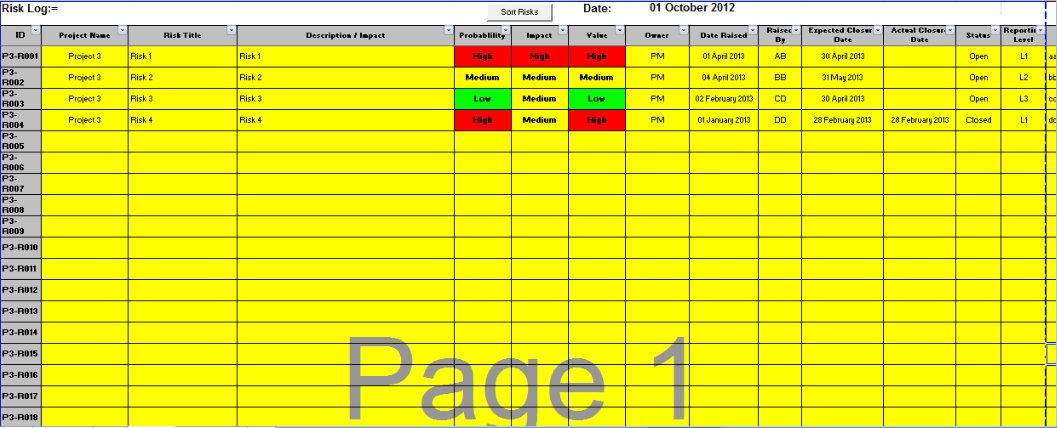Researchers employ different processes and methods in the field to obtain data and get a conclusion on projects. However, two fundamental methods are the most commonly employed by researchers to interpret data when executing a project: qualitative and quantitative. These two risk techniques allow project managers to make better and smarter decisions when executing projects.
What are Qualitative Project Risk Techniques?
This project risk technique works on an individual’s rating process based on his severity perception and the chances of its consequences. Qualitative project risk aims at developing short risk lists that are more important than others. In simple term, Qualitative Project Risk acts helps project managers to defend against risks. They help in determining likely factors that may impede a project from succeeding.
What are Quantitative Project Risk Techniques?
These techniques are based on the risk calculation process. Researchers calculate risks using the data they gathered from research fields. This risk technique aims at further specifications on its impact on the business. Using this technique means an individual will work with already existing information for forecasting or estimating an outcome. However, using this technique demands a long-term study in different situations.
How To Use Qualitative And Quantitative Project Risk Techniques
An individual must have understood that this technique is suitable for the project they are using it for. It follows these steps:
Qualitative Risk Techniques Steps
1. Risk identification
The technique highlights any likely risks, including team members stating possible risks. As such, project managers brainstorm to determine risks and what is going on in research fields.
2. Risk Classification
A risk matrix, among other risk classification techniques, helps to combine the chances and consequences of risk when executing a project. Other risk classification techniques can include the risk causes and effects.
3. Risk Control
Risk control falls under two categories: root causes, such as poor management processes or dangers, and reducing the risk effects using correction. This may include providing PPE for workers.
4. Risk Business Monitoring
Managers must pay attention to risk ratings and control measures for consequence reduction. All these will help them monitor risks to determine how effective risk control is, if risks were classified ideally, and if they have identified all the risks.
Quantitative Risk Techniques Steps
1. Risk purpose, scope, and method identification
Project managers must highlight their needs with quantitative risk techniques. Once they determine the purpose, they can define the scope and limitations. This may include answering questions like data to be used in the analysis. After this, project managers can select any of the three quantitative analysis methods, such as Expected Monetary Value, Business Impact Analysis, and Failure Mode and Effects Analysis.
2. Data, Tool, And People Preparation
Project managers must ensure their preferred method is compatible with their available tools. The required people can depend on the manager’s preference whether to include outsiders.
3. Method & Data Application
Project managers can apply the method to the data available once they are ready. With this information, they can execute quantitative risk analysis.
4. Results Recording and Storage
After the method and application, project managers can proceed to record and store all information securely, whether they are risk analysis-focused or not. Storing them carefully can help in further risk analysis. It is pertinent to state that quantitative risk technique can be time, effort, and resource-consuming, so data gathered must be carefully stored.
Conclusion
Quantitative and qualitative risk techniques are an integral part of successful project executions. It is pertinent to state that both risk have their different applicable areas. Project managers must look out for the most suitable techniques for each project before they get the desired outcome.






